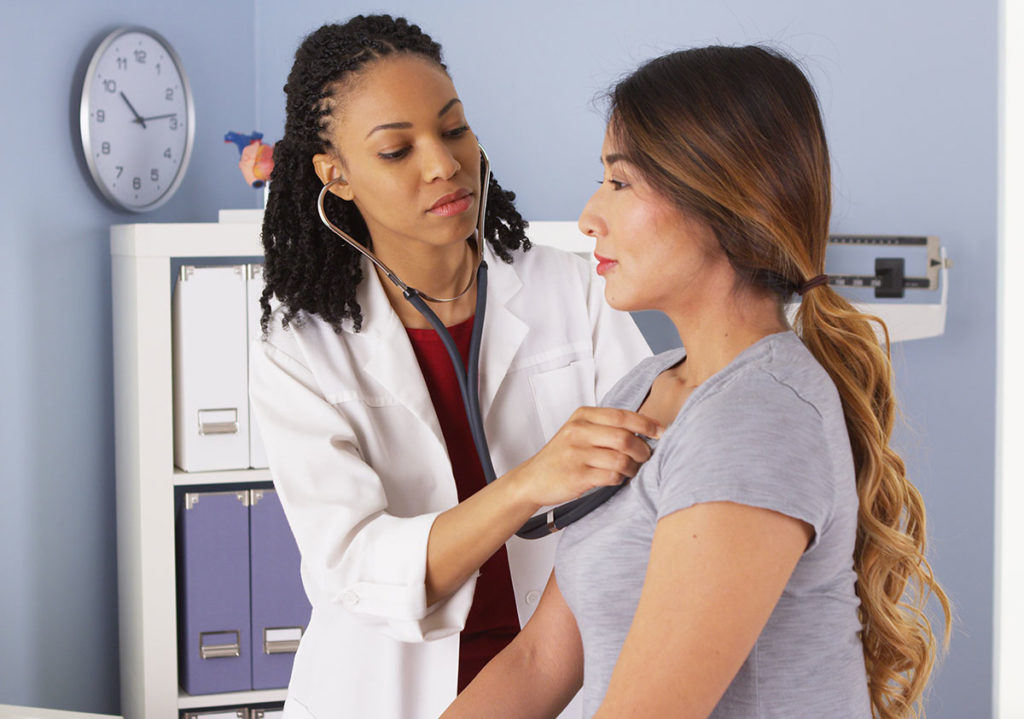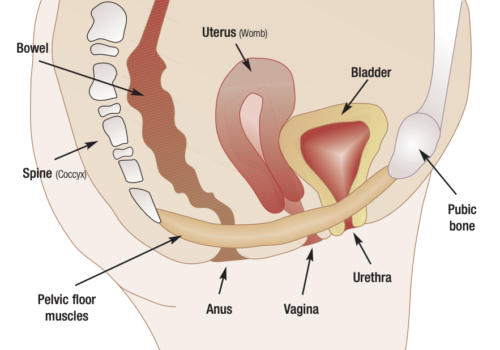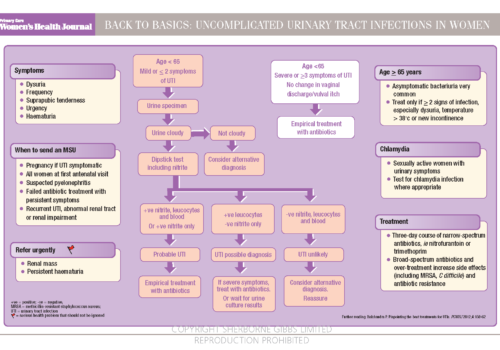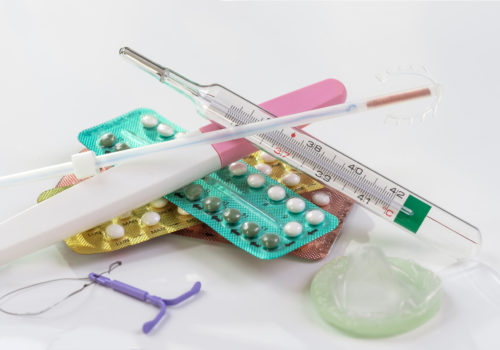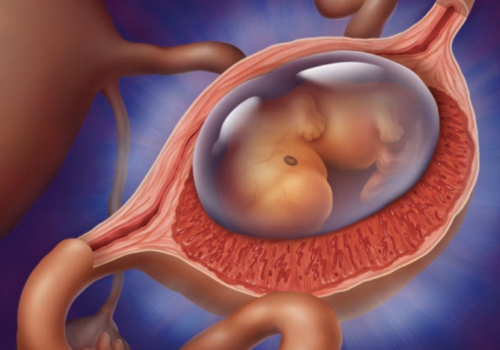For over two years now, I have been worrying that my editorial will be out of date by the time you read it because the Department of Health has published its sexual health policy document. At the time of writing, the document has yet to appear (though the Department’s website still reassures us it is due to be published in 2012). So local authorities may be taking over responsibility for contraception and sexual health in a public health policy vacuum. If this is the case, it can only compound current variations in provision, especially of long-acting reversible contraception (LARC).


